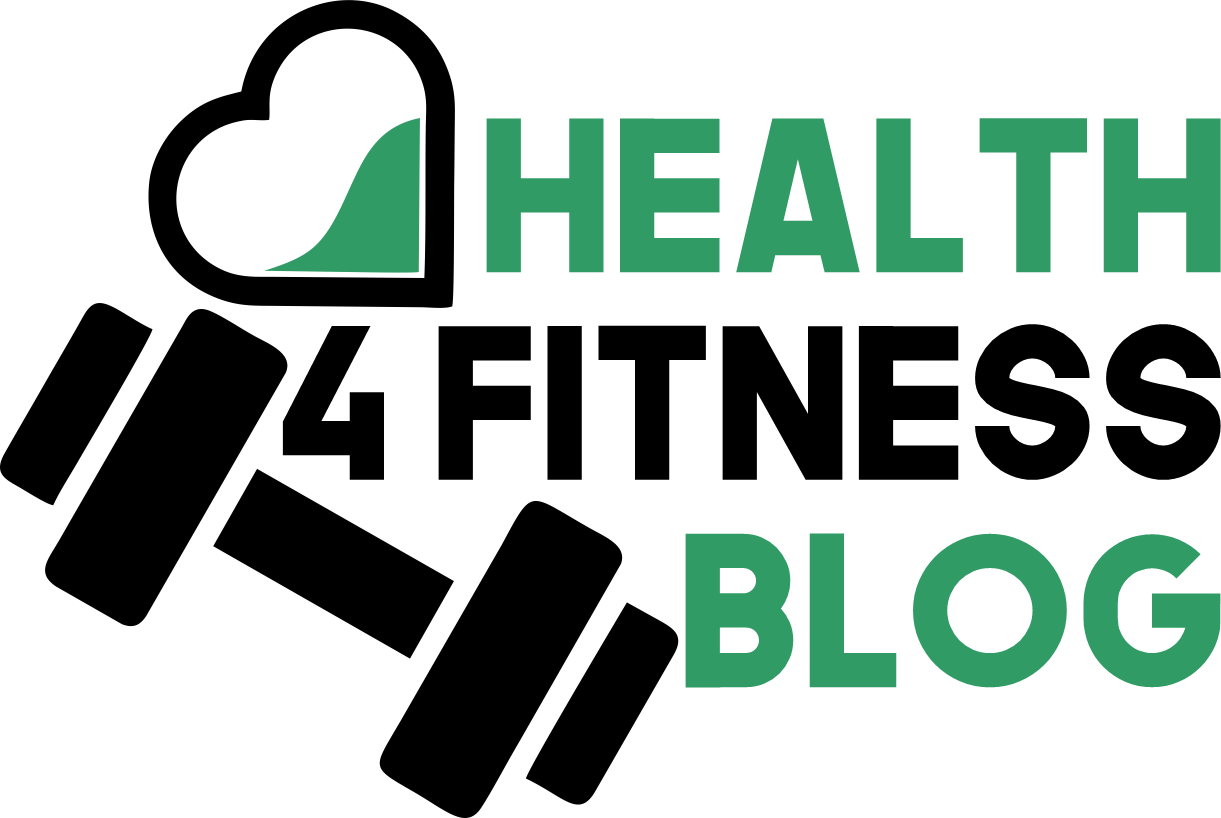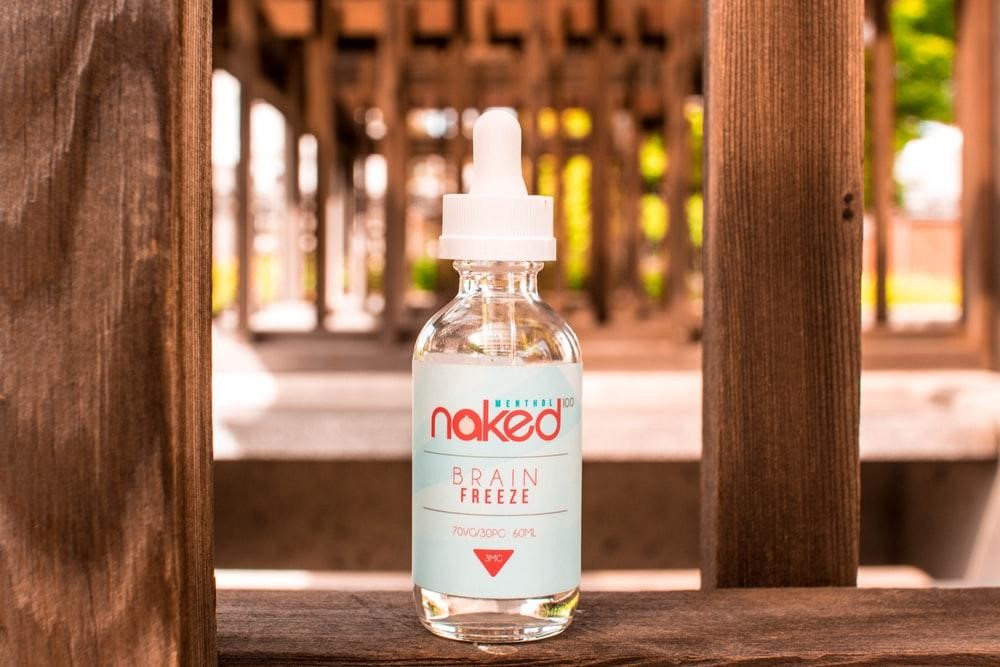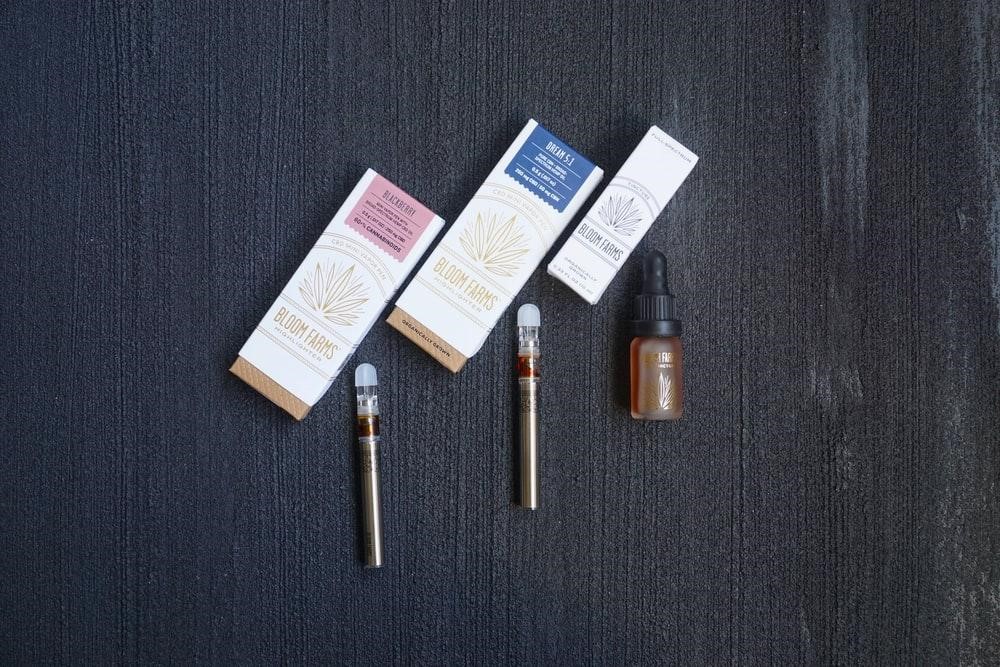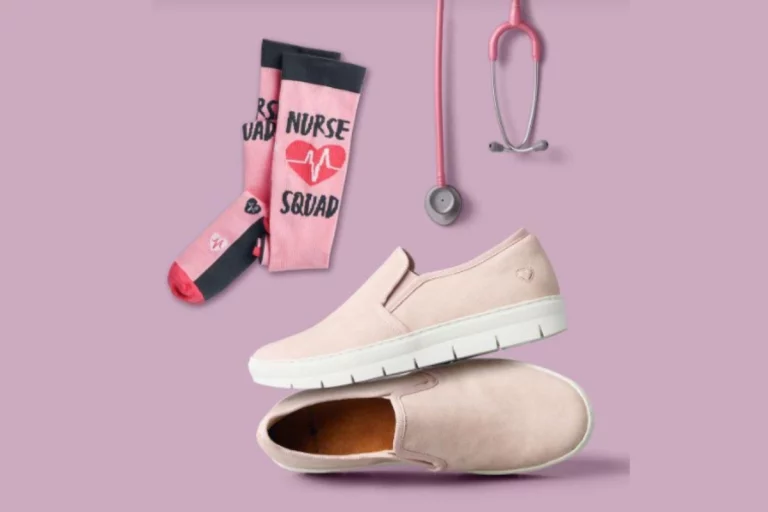Feeling like flu is catching up with you? Is the immune system in need of a reboot? You’ve come to the right place! We’ve pulled together a collection of 7 of the most immune-boosting smoothies around.
And the best thing? There’s no need for the endless crunching of carrots or grazing on greens – these smoothies are packed with immune-boosting nutrients you can quickly and conveniently absorb in a delicious drink!
Table of Contents
How do smoothies help to boost our immune system?
It depends on what they’re made of! The best smoothies to boost the immune system are low in sugar and packed with fresh fruits and veggies.
Some of the best immunity-boosting ingredients are dark leafy greens, berries, citrus fruits, and root veggies, all of which feature in Little West’s amazing Immunity Boosting Juice Kit. These are rich in antioxidants and vitamins A, C, E which help to supercharge your immune system and keep you feeling happy and healthy.
Plus, unlike juices, smoothies contain fiber! Fiber is great for our gut health and a healthy gut microbiome is essential for a strong immune system.
1. Brilliant Berry Smoothie –

Berries (especially blueberries, blackberries and raspberries) are bursting with antioxidants, fiber, and other essential minerals. Studies show they may help to reduce inflammation, boost immunity and improve skin health. This immune-boosting smoothie is packed with berry goodness, banana, almond milk, and chia seeds for extra protein.
Ingredients
- 1 cup frozen blueberries
- 1 cup frozen berries of your choice – raspberries, strawberries, blackberries, or a mix
- 1 tbsp chia seeds
- 1 banana, chopped
- ½ cup unsweetened almond milk
Method
- If you’re using fresh berries, freeze them the night before you plan to make the smoothie.
- You can also soak the chia seeds in almond milk or water if you prefer a softer texture.
- Place all ingredients and blend in the blender until the smoothie is thick, smooth, and pourable.
- Sweeten to taste with agave nectar.
- Enjoy some immune-boosting goodness!
2. Get Up & Go Green Smoothie –

Inspired by Little West’s gorgeous green juice The Clover, the GetUp & Go Green Smoothie is packed with leafy greens, raw veggies, and lime. If you’re looking for smoothies to boost your immune system and an easy way to up those daily veggie portions, this one is for you.
Leafy greens like kale and spinach are huge sources of immune-boosting vitamins such as A, E, K, and B6 and minerals like iron, magnesium, and calcium. Don’t like eating your greens? Just drink ‘em instead!
Ingredients
- ½ cup kale, washed and chopped, fibrous stalks removed
- ½ cup spinach, washed and chopped
- ½ cup celery, chopped
- 1 pear, chopped
- ½ cup coconut water
- Juice of 1 lime
Method
- Place all ingredients and blend in the blender for 3-5 minutes, until the consistency is smooth and drinkable. Add more coconut water if needed.
- Enjoy some lean, clean, green goodness!
3. Citrus, Ginger & Turmeric Cold-Busting Smoothie –

If you start to feel a stuffy nose coming on or just want to make sure your body is primed to face germs and viruses, this is the immune-boosting smoothie for you. Inspired by this supercharged Sunrise Juice, it’s packed with the finest natural cold-busting ingredients.
Turmeric and Ginger been used in traditional medicine for their renowned antibacterial, antioxidant and anti-inflammatory qualities. Carrots are packed with vitamin A and add some sweetness, while citrus fruits add some delicious zing, as well as a whole lot of immune-boosting vitamin C.
Finally, it’s finished off with some hydrating coconut water and a pinch of black pepper to increase the bioavailability of all those amazing antioxidants.
Ingredients
- 2 cups peeled citrus fruits of your choice
- 1 raw carrot, peeled & chopped
- ½ “ piece of ginger, peeled & chopped
- ½ cup coconut water
- ½ tsp ground turmeric
- Pinch of black pepper
- 1 cup ice
Method
- Place all the ingredients in the blender and blend until smooth.
- Savor each zesty, spicy sip and feel recharged and replenished!
4. Amazing Antioxidant Smoothie –

Antioxidants are plant compounds that can help to fight free radicals in our body, reducing oxidative stress, protecting our cells, and warding off certain diseases. This immune-boosting smoothie combines fresh ingredients that are naturally packed with beneficial antioxidants.
Almonds and kale provide vitamin E, blueberries and grapes provide anthocyanins (the compound that gives the fruits their vibrant purple color) and carrots are a great source of vitamin A and beta-carotene. That’s a whole lot of immune-boosting nourishment in one delicious smoothie!
Ingredients
- 1 cup almond milk
- 1 cup kale, washed & chopped, fibrous stalks removed
- ½ cup purple grapes
- ½ cup frozen blueberries
- ½ cup raw carrot, peeled & chopped
Method
- Place all the ingredients in the blender and blend until smooth.
- Enjoy a fresh and filling smoothie and absorb all that antioxidant goodness!
5. Magic Mango Smoothie –

Tropical, sweet, and juicy, mango is one of the most delicious fruits around. But did you know that it’s also a great source of folate, vitamin C and A, protective antioxidants, and beta-carotene?
This immune-boosting smoothie is bursting with mango magic as well as those delicious herbal healers: ginger, turmeric, and cinnamon. Throw some carrots, banana, and orange juice in and you’ve got yourself an immune-boosting breakfast smoothie that’s bursting with essential nutrients.
Ingredients
- ½ cup frozen mango pieces
- 1 large carrot, peeled & chopped
- ½ banana, peeled & chopped (can be fresh or frozen)
- ¾ cup freshly squeezed orange juice
- 1 tsp ground ginger
- ½ tsp ground turmeric
- ½ tsp ground cinnamon
Method
- Combine all ingredients in a blender and blend on high until smooth. Add more orange juice if needed.
- Enjoy an immune-boosting breakfast of sunshiney goodness!
6. Beautiful Beet Smoothie –

Taking a cue from Little West’s beet-tastic Go Big Juice, this smoothie is made with plenty of beautiful beets, as well as apples, blueberries, ginger, and kale. It has a sweet, earthy flavor, with just the right level of gingery kick!
Rich in antioxidants, fiber, and anti-inflammatory compounds, studies show that beets help to support better blood flow, reduce inflammation, and promote detoxification.
Ingredients
- 1 cup raw beets, peeled & chopped
- ½ apple, chopped
- ½ cup frozen blueberries
- ½ cup kale, peeled & chopped, fibrous stalks removed
- ½ “ piece of ginger, peeled & grated
- ½ cup water or coconut water
Method
- Place all ingredients in a blender and blend at a high speed until smooth and pourable. You can add more liquid if needed.
- Enjoy a bright and beautiful immune-boosting smoothie!
- Note that this delicious smoothie may cause your urine to turn pink or red. This is completely normal and nothing to worry about!
7. Dreamy Detox Smoothie –

Greens, greens, wonderful greens! Packed with super-green goodness, this is a smoothie to boost your immune system, flush out toxins and make you feel hydrated and replenished. And don’t worry if you don’t like eating your greens – this immune-boosting smoothie delivers 2 tasty portions in a refreshing, citrusy smoothie!
Ingredients
- 2 cups baby spinach
- 2 cups greens of your choice – kale, chard, parsley, etc.
- 2 sticks celery, chopped
- ½ cup green apple, chopped
- 1 cup frozen sliced banana
- 1 tbsp fresh ginger, peeled & grated
- ½ cup fresh lemon juice
- ½ cup coconut water
- 1 tsp spirulina powder (optional)
Method
- Place all ingredients in a blender and blend on high until smooth.
- Sweeten with your preferred liquid sweetener if needed
- Enjoy some clean, green nutrition!
To wrap up…
Smoothies are a fantastic and convenient way to up your fruit and veggie intake, get more essential nutrients and boost your immunity while you’re at it. These immune-boosting smoothies are packed with plant-powered ingredients that have been carefully selected for their healing, protecting, and detoxifying powers.
Be sure to check out Little West’s collection of Immunity Boosting Juicesfor even more delicious immune defense drink options!












